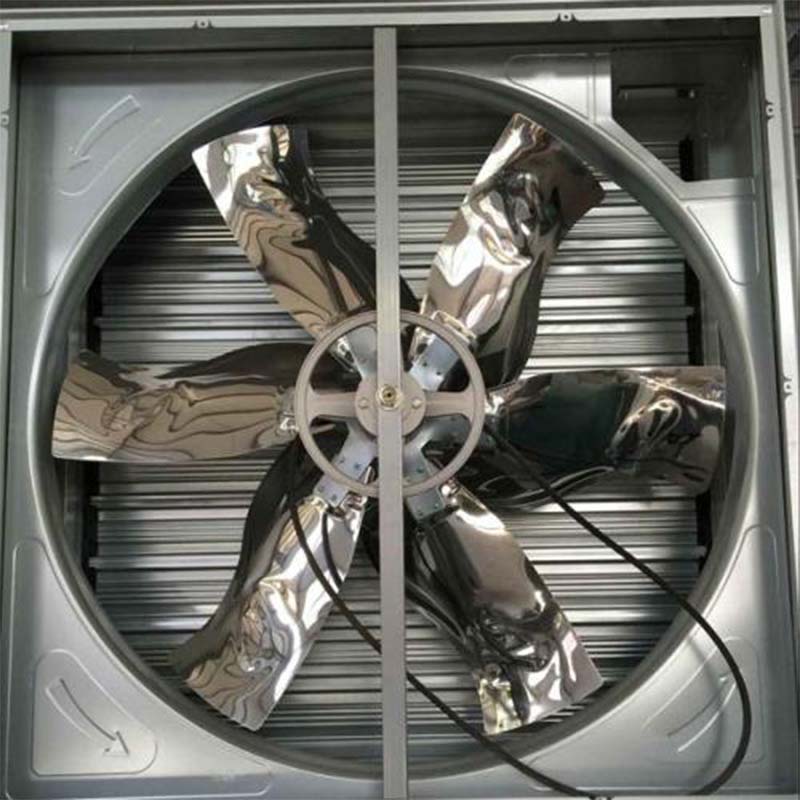chicken layer cage
Oct . 06, 2024 17:00 Back to list
chicken layer cage
The Evolution and Benefits of Chicken Layer Cages
In modern poultry farming, the use of chicken layer cages has revolutionized the way eggs are produced. These cages, designed specifically for hens raised for egg production, have become a standard in the industry due to their efficiency, cost-effectiveness, and ability to maximize production. Understanding the evolution of chicken layer cages and their benefits can shed light on their importance in today’s agricultural practices.
Historically, chicken farming began with free-range systems where hens roamed freely in open spaces. While this method allowed hens to exhibit natural behaviors, it was not sustainable for large-scale egg production. As the demand for eggs grew, farmers sought more efficient methods to keep hens while ensuring maximum egg yield. This quest led to the development of various confined housing systems, eventually evolving into the modern chicken layer cage.
Chicken layer cages are predominantly designed in two configurations traditional battery cages and more modern enriched cages. Battery cages are small, confined spaces that hold several hens, usually allowing limited movement. Enriched cages, on the other hand, provide more space, nesting areas, perches, and scratching areas, allowing hens to engage in natural behaviors while still maintaining a controlled environment conducive to egg production.
One of the primary advantages of chicken layer cages is the optimization of space. In traditional farming methods, the amount of land required to house the hens can be substantial. Cages allow farmers to raise a larger number of hens in a more compact area, thus maximizing production per square foot. This increased density creates opportunities for greater egg output without the need for additional land or resources.
chicken layer cage

From a health and hygiene perspective, layer cages provide a significant advantage as well. The controlled environment limits the hens' exposure to diseases and pests, reducing the incidence of infections that can affect egg production. With a proper management system, waste can be efficiently removed, leading to improved overall hygiene conditions. The design of these cages can also facilitate monitoring and management, allowing farmers to keep a close watch on the health and productivity of each flock.
Moreover, chicken layer cages can contribute to better feed efficiency. Hens in cages typically have a more consistent diet, as their feed can be easily distributed in controlled amounts. This not only leads to healthier birds but also results in better egg quality. As a result, farmers can expect higher profit margins per egg produced, making layer cages an economically attractive option.
Despite the numerous benefits, chicken layer cages have faced criticism from animal welfare advocates. Concerns arise regarding the confinement of hens and the restriction of their natural behaviors. In response, there has been a growing movement towards enriched cages that allow more space and opportunities for natural behaviors. This compromise aims to balance the needs of animal welfare with the realities of industrial egg production.
Looking to the future, chicken layer cages will continue to evolve. Advances in technology may introduce innovative designs that can further enhance both animal welfare and production efficiency. Artificial intelligence, improved ventilation systems, and health monitoring systems are promising areas of development that could revolutionize the industry.
In conclusion, chicken layer cages have played a crucial role in the modern poultry industry, providing a systematic and efficient approach to egg production. With their ability to enhance space utilization, promote hygiene, improve feed efficiency, and maximize production, they have become indispensable for meeting the increasing global demand for eggs. While addressing animal welfare concerns remains paramount, the evolution of layer cages presents an opportunity to strike a balance between productivity and ethical farming practices. As the industry continues to innovate, the future of poultry farming stands to benefit both producers and consumers alike.
-
Hot Sale 24 & 18 Door Rabbit Cages - Premium Breeding Solutions
NewsJul.25,2025
-
Automatic Feeding Line System Pan Feeder Nipple Drinker - Anping County Yize Metal Products Co., Ltd.
NewsJul.21,2025
-
Automatic Feeding Line System Pan Feeder Nipple Drinker - Anping County Yize Metal Products Co., Ltd.
NewsJul.21,2025
-
Automatic Feeding Line System - Anping Yize | Precision & Nipple
NewsJul.21,2025
-
Automatic Feeding Line System - Anping Yize | Precision & Nipple
NewsJul.21,2025
-
Automatic Feeding Line System-Anping County Yize Metal Products Co., Ltd.|Efficient Feed Distribution&Customized Animal Farming Solutions
NewsJul.21,2025






